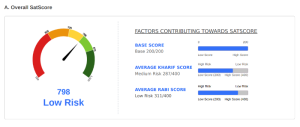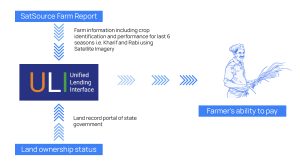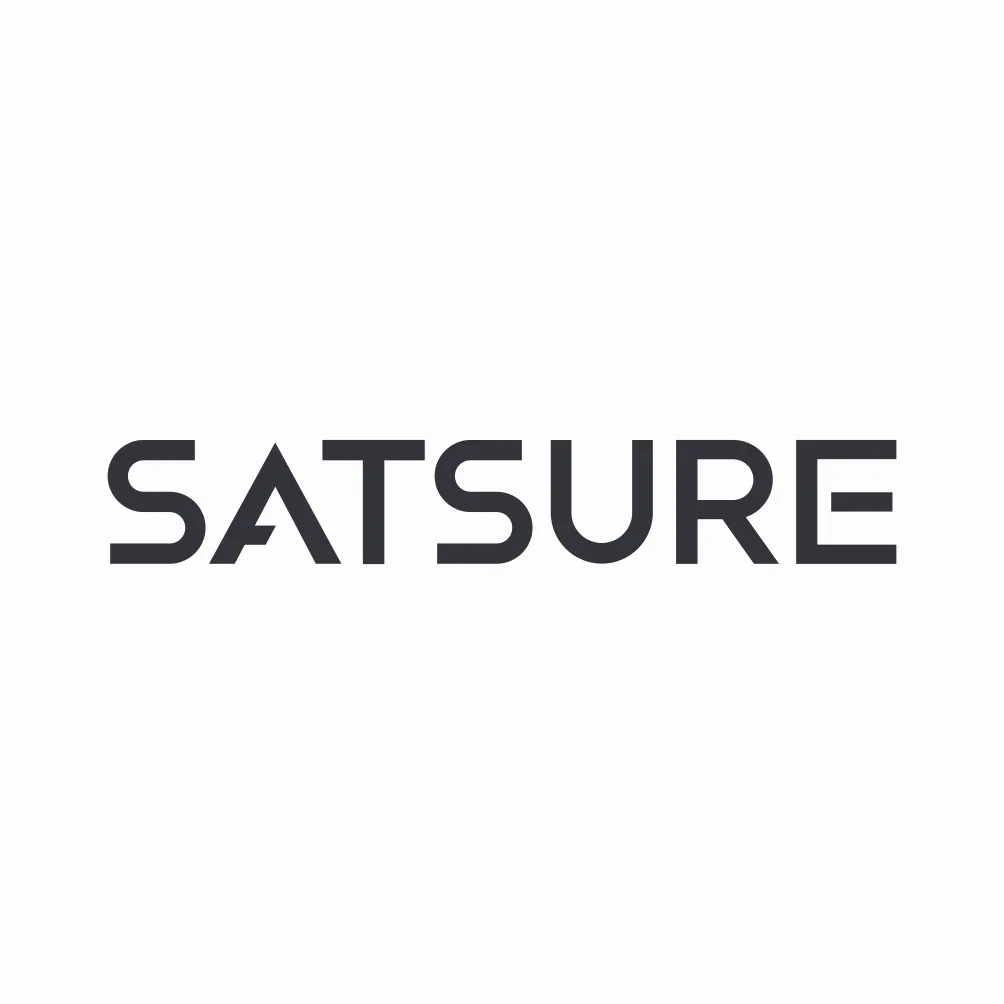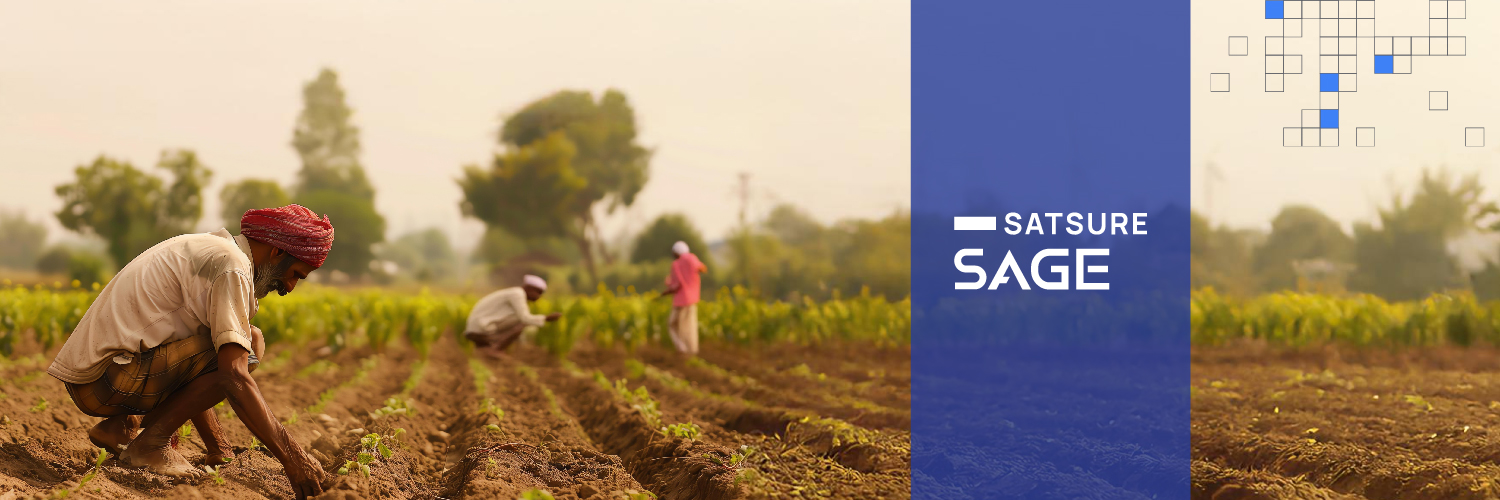India’s agricultural sector serves as the backbone of the nation’s economy, employing more than 150 million people and contributing nearly 15% to the country’s GDP. Yet, despite its critical role, the sector has historically faced challenges, particularly for small-scale farmers struggling with access to affordable credit. Over 77 years since independence, these issues persist, impeding the sector’s potential for growth and increasing financial woes for the farmers.
Challenges in Agricultural Financing in India
Small-scale farmers in India have been perennially hindered by limited access to institutional credit. Despite government efforts and RBI policies designed specifically to support farmers, the loan disbursal process still remains lengthy and complex for most farmers today due to the lack of any existing credit history or a verifiable source of income. This leads to farmers in rural areas often resorting to local moneylenders for credit, who charge exorbitant interest rates, sometimes reaching 60% annually. Meanwhile, large corporations across the world secure loans at much lower rates, often in single digits, thanks to favorable conditions from development banks like the Asian Development Bank and the World Bank.

ULI: A Game-Changer for the Agri Credit Landscape
The Reserve Bank of India (RBI), as part of its continued strategy on creating digital public infrastructure in the country along the lines of UPI’s success, has announced that a new technology platform called the Unified Lending Interface (ULI) would be introduced by the Reserve Bank Innovation Hub (RBIH), which will enable friction-less credit to farmers and MSME borrowers.

ULI is a platform that facilitates the seamless flow of a borrower’s financial and non-financial data from multiple data service providers to lenders, making credit underwriting seamless and customer journeys frictionless for a diverse range of borrowers.
This platform facilitates seamless and consent based flow of digital information, including even land records of various states. This brings down the time taken for credit appraisal, especially for smaller and rural borrowers lacking credit history. The ULI architecture has standardized APIs designed for a ‘plug and play’ approach to ensure digital access to information from diverse sources. This enables the lenders to gain access to farmer data from various silos, including government databases (for example, land records) and satellite imagery derived farm datasets (for example, information on crops grown, irrigation status) through standardized APIs. This makes deeper customer insights available to a variety of lenders on one platform and unlocks opportunities for FinTechs to develop newer offerings.
How Does it Work?
For many borrowers, especially those seeking loans for the first time, navigating the process of securing a loan can be daunting. Additionally, the absence of a credit history makes it difficult for banks to assess their creditworthiness. With ULI, digital credit information along with multiple alternative datasets can be made available through a single platform which provides a better picture of the prospective borrower’s creditworthiness to lenders.
For example, in the case of a farmer seeking a crop loan, the lender can now find precise data on the farm’s cropping history & yield during the past seasons from satellite imagery based solutions such as the SatSource Farm Report on the ULI.

This report has 22+ parameters such as crop performance, crop yield, water conditions, long term weather trends, among others that help the lender better understand past cash flows, and allows them to couple it with land ownership status from land records of states to get insights into the farmer’s financial condition through their farming patterns. Thus, what was once a blind spot for the lender, often leading to rejection cases, can now turn into an approved case with data driven underwriting.
With the help of alternative datasets from ULI, the lenders can immediately know the income of a farm loan applicant and their credit eligibility. Thus decision making would be data driven, automated and loans could be sanctioned and disbursed within minutes.

While ULI facilitates access to data about the loan applicant’s economic activities, it also allows financial sector players to access the data by connecting to the platform through a ‘plug and play’ model. Therefore, the loan applicants need not have to spend weeks to search and secure their documents. Instead the bank, the NBFC or the FinTech would fetch the data about the applicant from sources available on the ULI platform.
The Convergence of Fintech, Agritech, and Spacetech
ULI is facilitating the convergence of three different worlds to solve a meaningful problem for the country. While Fintech companies are uniquely positioned to play a pivotal role in ensuring that the ULI fulfills its promise of frictionless credit delivery, especially for farmers, Agritech & Spacetech companies are going to become its data backbone that will enable banks to innovate on the financial product offerings for farmers, therefore boosting financial inclusion in India. By providing an enabling digital infrastructure for credit services, ULI has the power to exponentially increase credit penetration in India.





Add comment